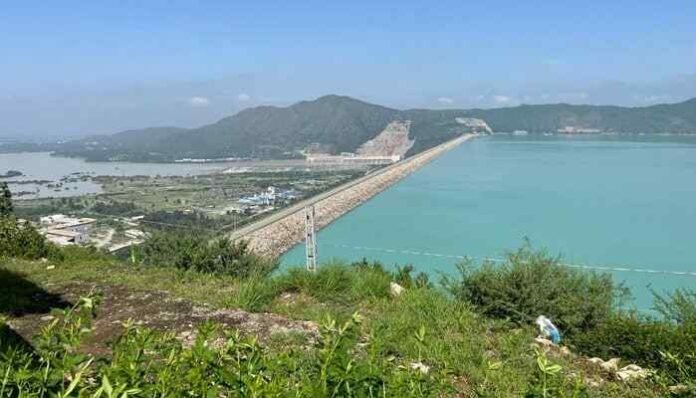Islamabad – Pakistan’s largest reservoir, Tarbela Dam, has reached its peak conservation level of 1,550 feet above sea level, storing 5.728 million acre-feet (MAF) of live water. Officials confirmed the milestone on Thursday, noting that the development carries major implications for agriculture and hydropower generation across the country.
A Lifeline for Agriculture and Energy
For over five decades, Tarbela has been at the center of Pakistan’s water and energy infrastructure—regulating floods, ensuring irrigation supplies, and generating affordable hydroelectricity. This year’s full storage comes as a relief for farmers who rely heavily on timely water releases for the upcoming crop cycles. It also strengthens the power grid at a time when the country continues to grapple with energy shortages.
River and Reservoir Status
According to data released on Thursday, inflows and outflows across major rivers and barrages remained steady.
- Indus at Tarbela: Inflows 268,300 cusecs, outflows 238,900 cusecs
- Kabul at Nowshera: Inflows/outflows 44,600 cusecs
- Jhelum at Mangla: Inflows 38,600 cusecs, outflows 7,000 cusecs
- Chenab at Marala: Inflows 67,600 cusecs, outflows 49,000 cusecs
Key barrage levels were also shared, with Chashma recording inflows of 403,500 cusecs and outflows of 351,600 cusecs, while Sukkur saw inflows of 363,500 cusecs against outflows of 315,400 cusecs.
Reservoir Positions
- Tarbela: Present level 1,550 feet (full), live storage 5.728 MAF
- Mangla: Current level 1,217.45 feet, live storage 5.423 MAF (max capacity 1,242 feet)
- Chashma: Current level 643.30 feet, live storage 0.094 MAF
Why It Matters
The filling of Tarbela to its designed capacity is not just a technical benchmark—it directly translates into improved food security and energy supply stability for Pakistan. With climate variability affecting river flows in recent years, the ability to store and regulate water has become even more critical.

